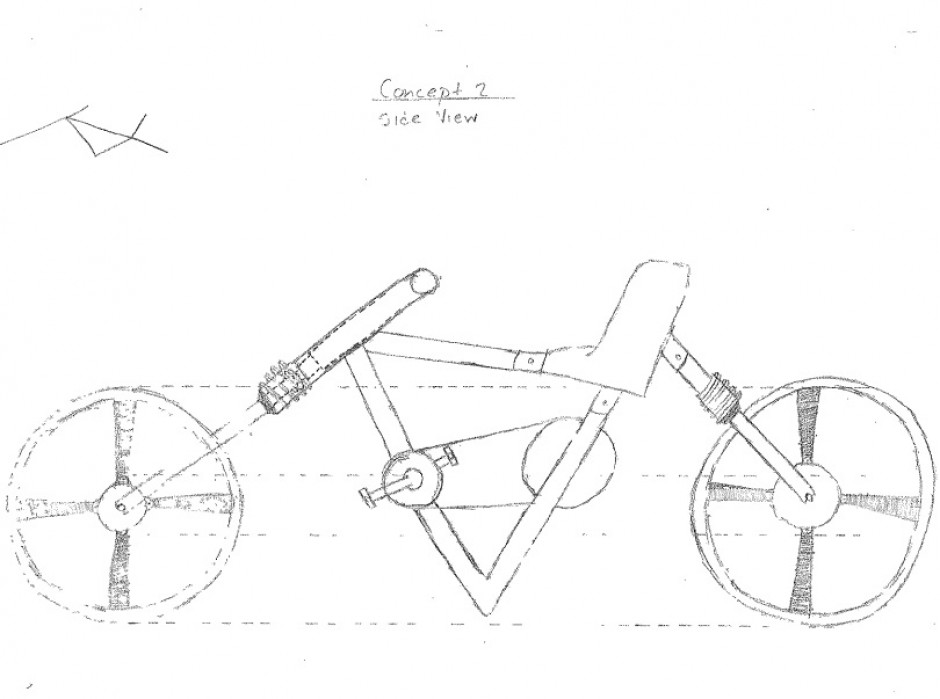Randal Umpierre
7-25-13
Literature Review 3
Introduction of a new Energy Recovery System – Optimized for the combination with renewable energy by Kay Paulsen, and Frank Hensel
This article is about introducing a new energy recovery system into existing technologies while reducing costs and maintaining sustainability. The main technology that this system would be installed into would be wind turbines and wind energy converters with desalination plants. An organization known as ENERCON has created such a system primarily for remotely populated areas and independently isolated islands worldwide. It was named the ‘ENERCON Stand Alone System’, and arrangements were made with the Norwegian government to install it on the island of Utsira in 2004. This system was designed as a cleaner power resource to replace the use of diesel fuel consuming power stations which emit more toxic chemicals into the atmosphere and neighboring aquatic regions. The wind turbine in the system uses existing infrastructure and offers a diesel consumption saving of up to ninety percent, depending on the force of the wind. ENERCON also proposes to implement a voltage regulation system and a flywheel storage system into the stand-alone system. The voltage regulation system will control the voltage outputs and the flywheel storage system will control the frequency. The flywheel storage system has the potential of controlling the frequency stably for long periods of time. This is important because there are always wind fluctuations that could last for long periods of time as well. The use of batteries and electrolysers as auxiliary fail-safe options are also being considered.
———————————–
Randal Umpierre
7-23-13
Literature Review 2
A review of energy storage systems in microgrids with wind turbines by Abdorreza Rabiee, Hossein Khorramdel, and Jamshid Aghael
This article is about the different types of energy storage systems that can be used in micro grids with wind turbines. There are a few ways to obtain electrical energy from storing energy. They are:
– Gravitational potential energy with water reservoirs.
– Compressed air.
– Electrochemical energy in batteries and flow batteries.
– Chemical energy in fuel cells.
– Kinetic energy in flywheels.
– Creation of magnetic fields in inductors.
– Creation of electric field in capacitors.
Storing electrical energy from water reservoirs depends on the pressure and quantity of the water available. The electrical energy that is stored is proportional to the water volume and the height of the waterfall. This system is the most used for high–power applications. The life span of this type of storage is about 30-50 years, with an efficiency of 65-75%.
Energy storage from compressed air works by storing electricity through an air compressor in an underground storage cavern. When energy is needed, the compressed air is extracted from the cavern, heated, and expanded in a set of high and low pressure turbines and is transformed into kinetic energy. The air is also mixed with natural gas and is combusted for extra power. The turbines are connected to generators and transform their kinetic energy into electricity. The life span of this method is about 40 years with an efficiency of 71%.
Energy storage from batteries works by linking multiple cells either in series or in parallel in order to receive the desired voltage and capacity. Each cell consists of two conductor electrodes and electrolytes placed in a sealed container and connected to an external source or load. This system is consisted of batteries, the control and power conditioning system, and the facility itself, which is responsible for regulating and protecting the entire system. There are many types of batteries used in this method and their life spans and efficiencies vary.
Energy storage in fuel cells is produced when water is electrolytically decomposed into hydrogen and oxygen. It can be used stored to be used in fuel cells, or transported through pipelines and turned into electricity. Unfortunately, this method suffers from a low efficiency of 42% due to the efficiency of the components involved.
Flywheel energy storage works by storing energy from kinetic energy. A wheel of sufficient mass rotates on two magnetic bearings in order to decrease friction at high speed, and is coupled to an electric machine. The wheel is discharged when the machine regenerates through the drive. They are rated at about 90% efficiency.
Energy storage through magnetic fields is a new method. The method works by storing energy into a DC current generated magnetic field through a supercoil that is operating at cryogenic temperatures. The current generated depends on the temperature of the coil.
Energy storage through electric fields is based off of energy storage from batteries. However, this method uses capacitors instead of batteries. Like batteries, capacitors rely on electrolytes and electrochemical interactions to generate voltage and current. It has an efficiency of about 75-80%.
Randal Umpierre
7-18-13
Literature Review 1
Flywheel energy storage-an upswing technology for energy sustainability by Haichang Liu and Jihai Jiang
This article basically describes the potential applications that can benefit from having flywheel energy storage units. The mentioned applications were transportation (automobiles, trains, military jets), and power sources (electrical storage, reductions in harmonic distortions, and elimination of voltage sags and surges). The article also describes the key factors of flywheel energy storage. Such factors are the flywheel material selection and the flywheel mass, and its geometry. Material selection is important because the flywheel should have the greatest tensile strength and the lowest density possible. Mass is important because it is one of the properties of the storage of energy in a flywheel. Stored energy is dependent on the mass of the flywheel and how fast it is spinning. The geometry is also important because it affects the moment of inertia and the amounts of specific energy and energy density generated and quantified.
—————-
Home > Literature Review



